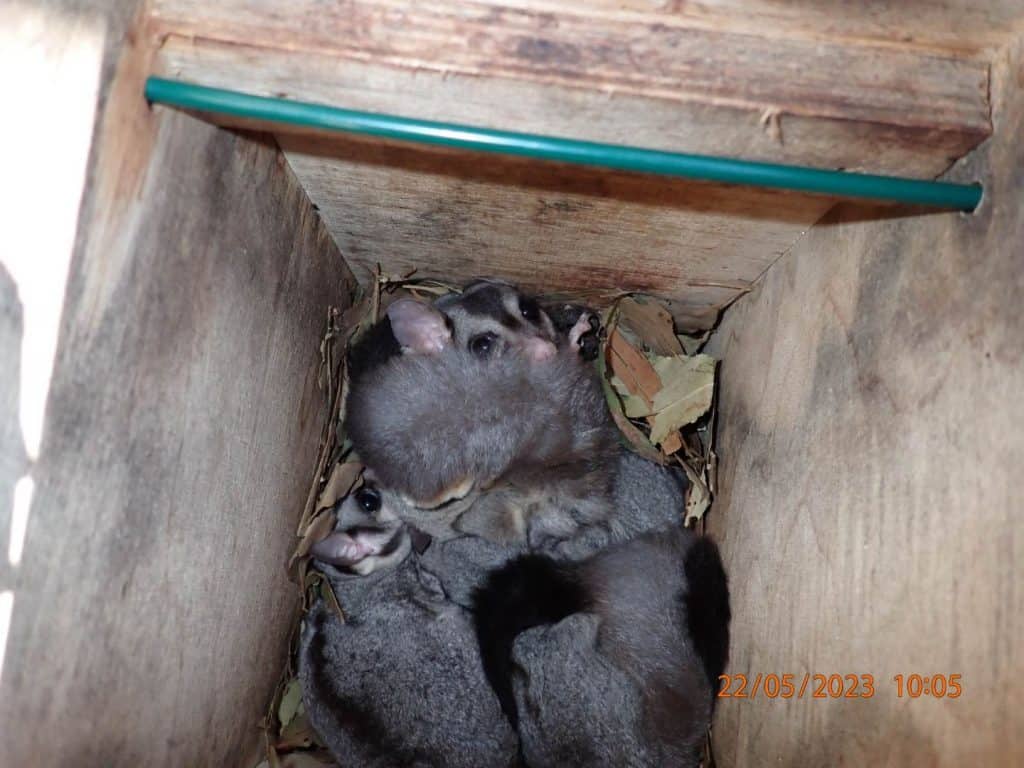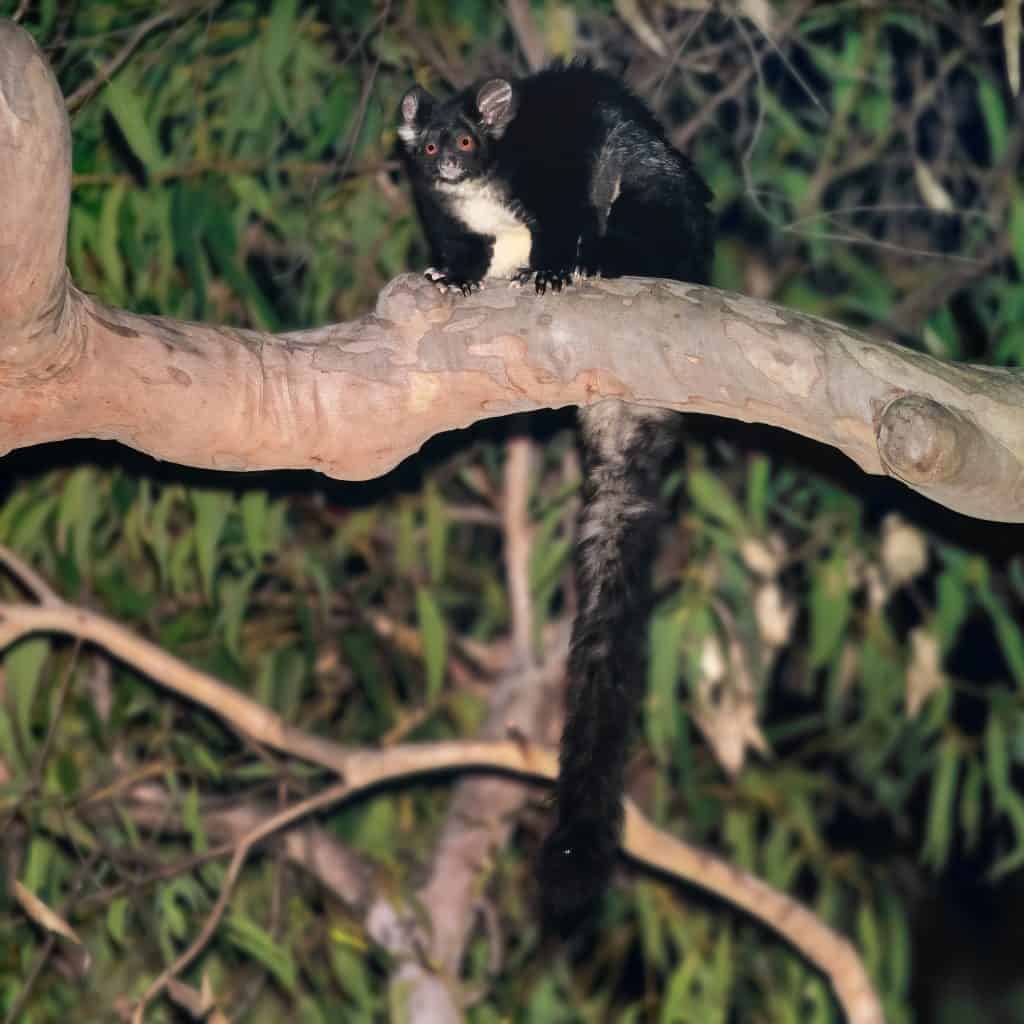Local nature groups are working tirelessly to help restore the numbers of Greater Gliders (Petauroides volans).
In the last 20 years, glider populations have plummeted across the south-east by as much as 80% and endured extreme habitat loss during bushfires.
Accordingly, in 2022, the Threatened Species Scientific Committee recommended the federal government uplist Greater Gliders from “vulnerable” to “endangered” – and Environment Minister Tanya Plibersek actioned the change.
Springfield Lakes Nature Care (SLNC) President Luise Manning said that the loss of large trees is largely to blame.
“Greater Gliders need large hollows in order to thrive and survive. When land is cleared, many large, old trees are removed,” she said.
Over the past two years, SLNC has installed nest boxes specifically for Greater Gliders to assist their survival, as well as smaller rear-entry boxes for other species of gliders, such as the Squirrel Glider.
“By investing in habitat boxes, we can assist wildlife with artificial homes until new growth forests begin to create the hollows they need for their survival.”

Regular monitoring
In May this year, Wildlife Preservation Society of Queensland staff Matt Cecil and Wayne Cameron set out along the trails of White Rock Spring Mountain Reserve to survey the Greater Glider and the Squirrel Glider and Phascogale nest boxes.
Funding from the Foundation of National Parks and Wildlife made this survey possible. Wildlife Preservation Society of Queensland also accepts donations directly via wildlife.org.au/donate.
Whilst the team didn’t observe any Greater Gliders occupying the large boxes high up in the canopy, the smaller rear entry gliders were inhabited.
It seems the box that contained only one glider six months ago now had three gliders cuddled up inside.
Since a female is more likely to have twin joeys as opposed to a single birth, the survey also revealed an increase in glider numbers, as most of the boxes were occupied by more than one glider.
The survey proves that nest boxes are providing artificial homes for our hollow dependent wildlife, that would normally take up to 80 years to form naturally.

Sounding the alarm
SLNC is trying to raise awareness in the community of the existential threat the Greater Gliders are facing.
“Bare earth clearing activities – which seem to be adopted by many of the developers – don’t take into account the cost of an old tree and the importance of retaining numbers of trees with hollows in which gliders require,” she said.
Ms Manning said she was grateful that the nearby White Rock-Spring Mountain Conservation Estate continues to maintain acres of trees suitable for myriad non-nest-building birds, such as Kookaburras, Kingfishers, Lorikeets, Galahs, Cockatoos, Treecreepers, Rosellas, and Phascogales.


To find out more about SLNC’s activities, events, and opportunities to volunteer or be a member, visit facebook.com/SpringfieldLakesNatureCare or contact Luise Manning at info@springfieldlakesnaturecare.org.au.
See also: Community planting day & ‘Bioblitz’ events – volunteers wanted!
